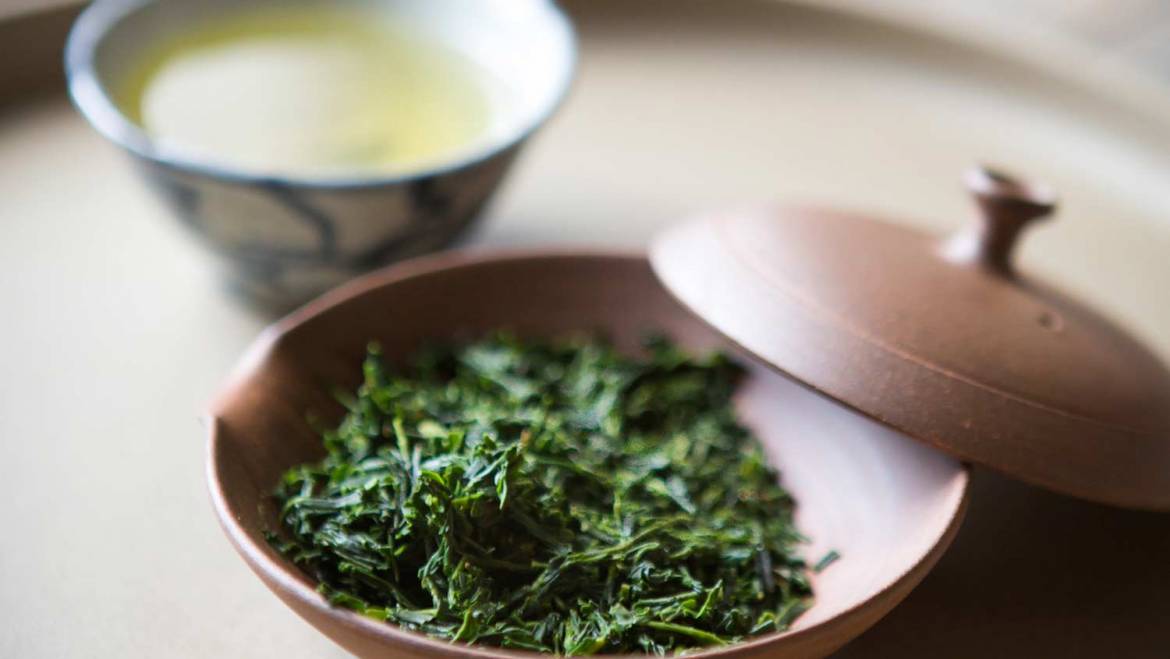What is the hype about green tea all about? Green tea is one of the most ubiquitous teas on the market. Tasty, full of antioxidants, and recognizable to all tea drinkers, green tea is a favourite among many tea enthusiasts. In fact, it is precisely for these reasons that green tea is often taken for granted. As green tea is so familiar to us all, you may ask, “How much variety can green tea have?”
Sencha green tea is a unique Japanese green tea produced without grinding leaves. Sencha differs from Chinese green tea in as much as it is steamed for half a minute before the leaves are rolled and dried. Although sencha means “roasted tea,” it is not pan-fried like Chinese green tea. Instead, sencha is fired after the leaves have been dried.
What is the difference between green tea leaves that have been initially fried and leaves that have been fired after they were dried? One can definitely note the dissimilarity in the taste of sencha. Sencha tastes a little like seaweed but with creamy overtones.
In addition to its unique taste, sencha offers health benefits, including cancer-fighting antioxidants and theanine. While antioxidants help eliminate free radicals, theanine is an amino acid. Theanine is useful for one’s body in as much as it creates calming effects in the brain. It is not common in nature, but can also be found in the basidiomycete mushroom, Boletus badius. To consume 100-200 mg of theanine, drink three cups of sencha a day. This unique amino acid found in sencha helps the body’s immune system. On a similar note, in a trial conducted by Johns Hopkins University, gophers given theanine showed increased cognition and memory. Sencha is worth a try (especially if you have forgotten your keys too many times).

